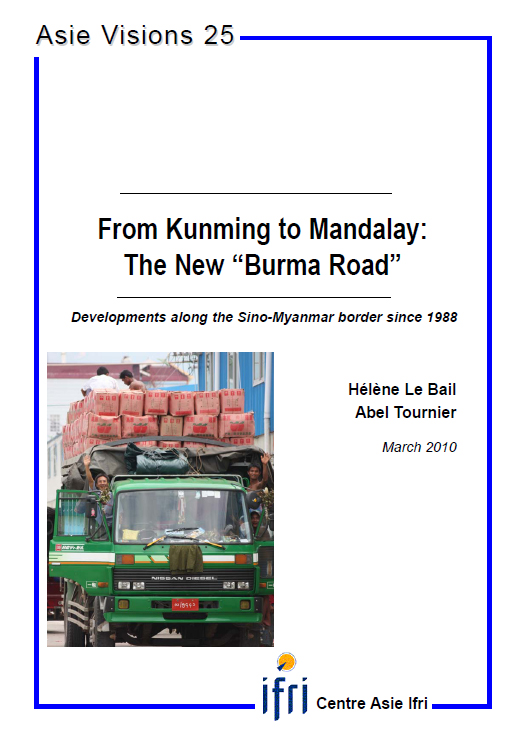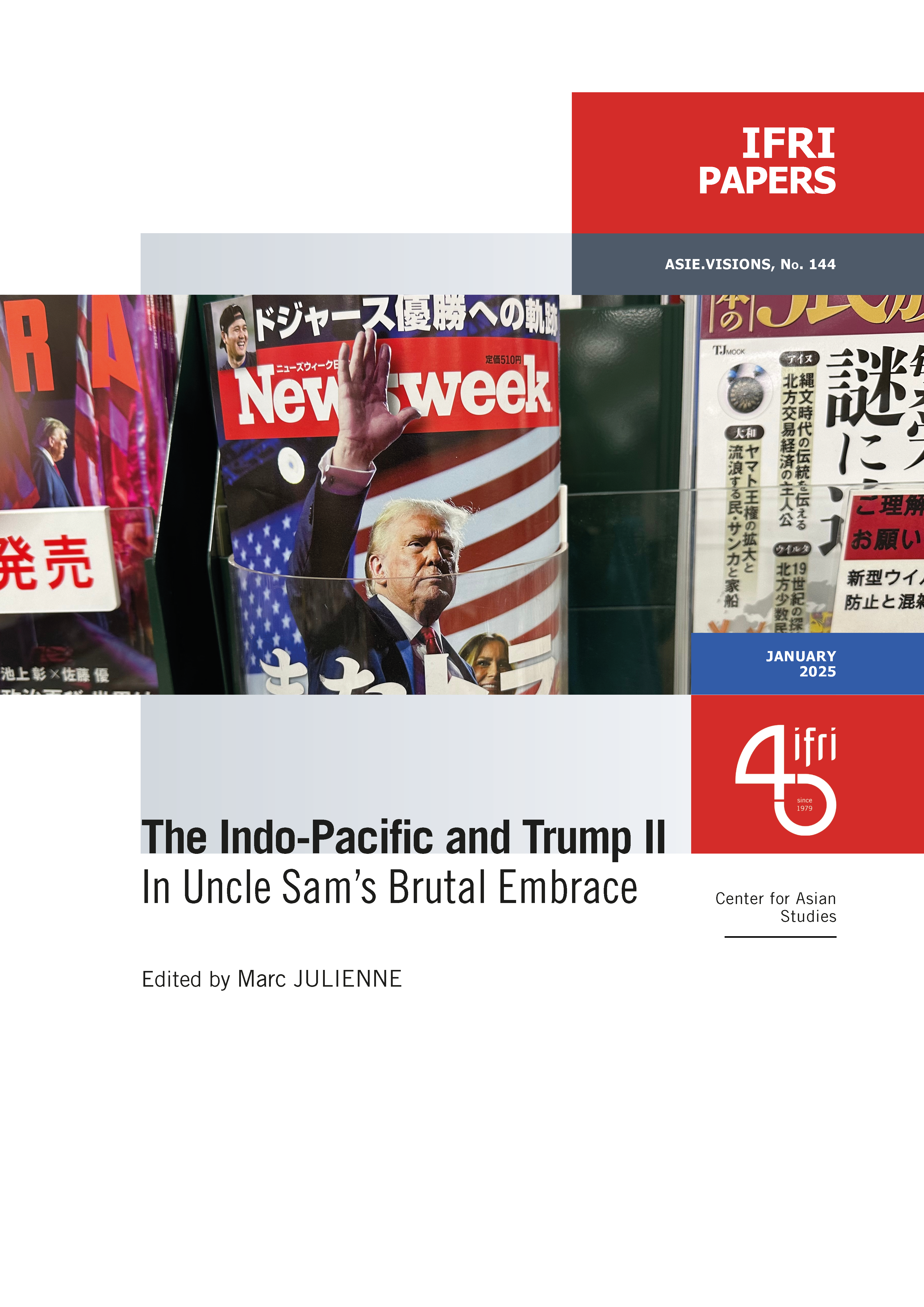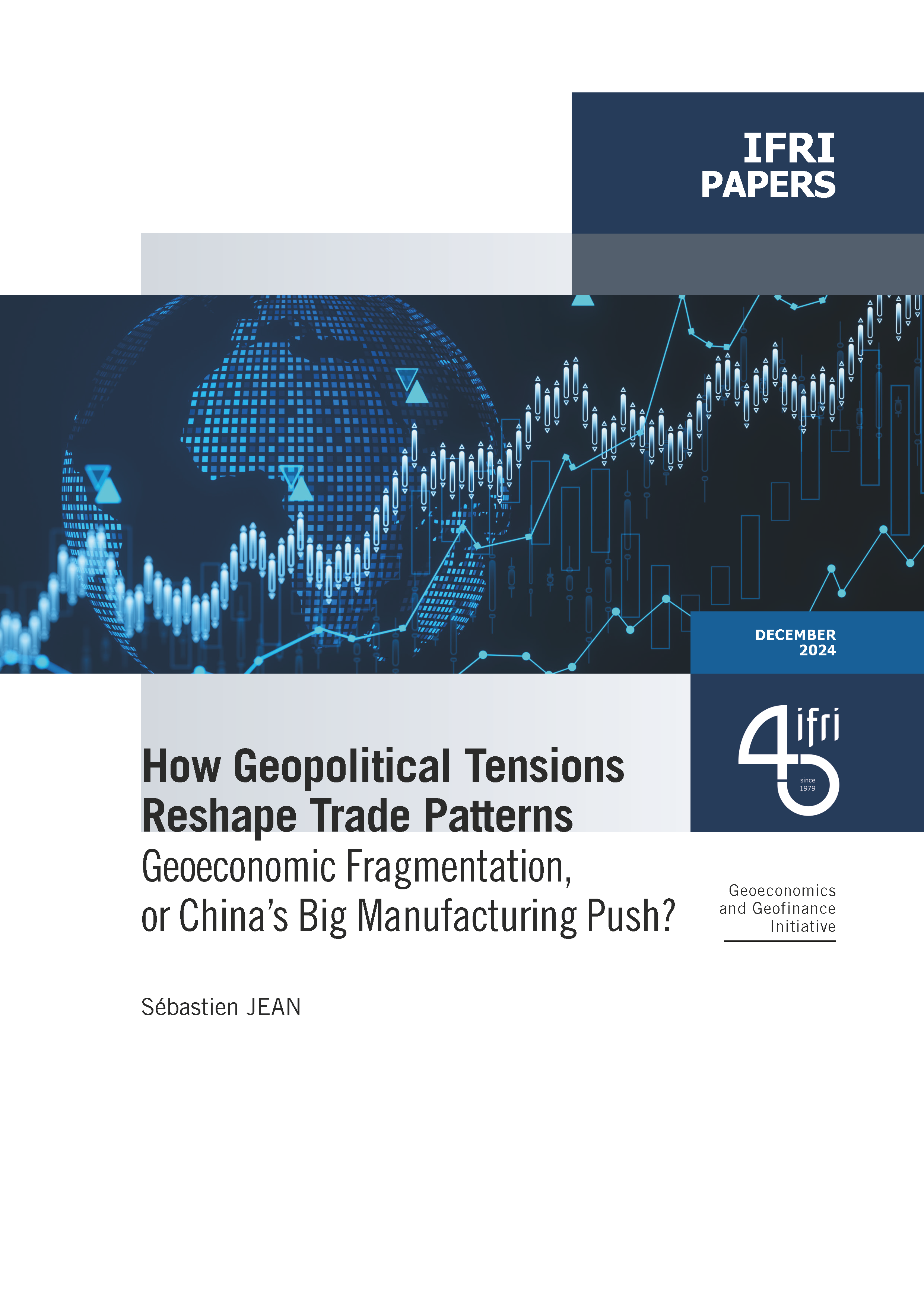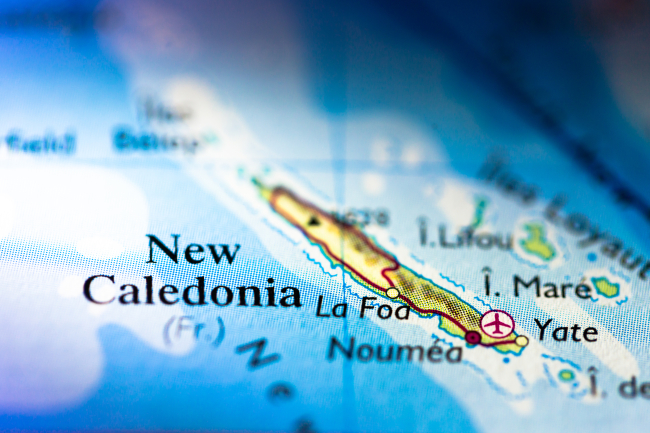From Kunming to Mandalay: The New "Burma Road". Developments along the Sino-Myanmar border since 1988

The present paper aims to describe the vitality and complexity of bilateral trade along the Sino-Myanmar border.
Three aspects have been emphasized. Firstly, the booming of cross-border commercial exchanges must be understood within a larger strategic framework. The connection between the two countries is motivated by economic and security interests: energy security, access to raw materials, cooperation for regional development and (for China) opening up of inner provinces.
Secondly, an analysis of the political and demographic situations in the border areas is important to understand trafficking activities, but also to understand thriving exchanges and the mobility of people. The second part of this paper describes the frontier area in detail.
Finally, this paper underlines the key role of the Sino-Myanmar population (even if they are not the only actors of the trans-border trade). Today's renewal of Chinese identity and community life in Myanmar is both a factor and an effect of thriving bilateral relations.
Download the full analysis
This page contains only a summary of our work. If you would like to have access to all the information from our research on the subject, you can download the full version in PDF format.
From Kunming to Mandalay: The New "Burma Road". Developments along the Sino-Myanmar border since 1988
Related centers and programs
Discover our other research centers and programsFind out more
Discover all our analysesIndia’s Quest for Economic Emancipation from China
In October 2024, the meeting between Chinese President Xi Jinping and Indian Prime Minister Narendra Modi initiated a thaw in relations between the two Asian powers. Has India's high level of economic dependence on China played an important role in bringing about this diplomatic shift?
The Indo-Pacific and Trump II. In Uncle Sam’s brutal embrace
In this collective analysis, the research team of the Center for Asian Studies presents a synthetic and non-exhaustive assessment of the relations taking shape between the United States under the Trump II administration and some of the main players in the Indo-Pacific.
The Case for Enhanced France-Philippines Maritime Cooperation
France and the Philippines, two Indo-Pacific nations, can capitalize on their shared interests, needs, and expertise in maritime security and governance, ultimately fostering strategic rapprochement.
France’s maritime security cooperation in the Pacific
France plays a significant role in Pacific maritime security, particularly through the active participation of its overseas territories and the contribution of its stationed armed forces to regional cooperation initiatives.










